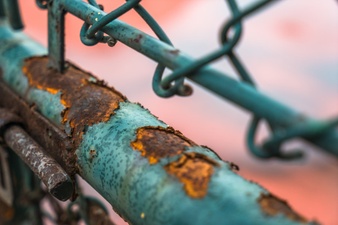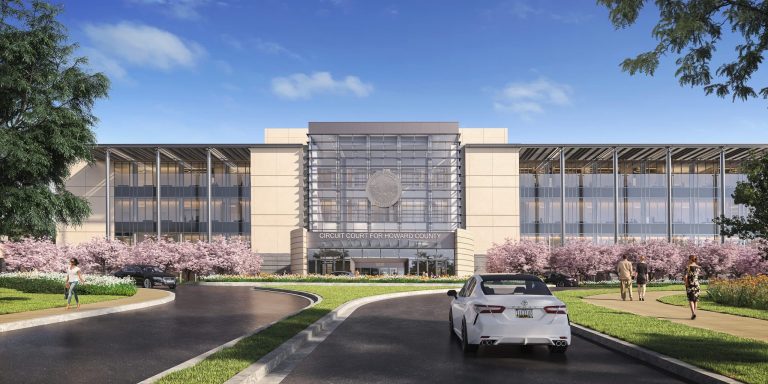I recently attended a lecture entitled “The Bondage of Decay.” You’d be forgiven for thinking it had something to do with the arrival of a milestone birthday, or was the fire and brimstone message of a concerned vicar. But in reality, the talk focused on one of the challenges facing security and electronic contractors and manufacturers.
Declining Incarceration
At a panel of Detention Equipment Contractors (DECs) held at the Corrections Summit in Pinehurst, N.C. last September, representatives of the largest DEC companies in the U.S. were asked about their outlook for the future in light of recent acquisitions and reengineering activities. This was a reasonable first question in that the major DECs reported a 15 percent decline in contract value between 2015 and 2016. Most everyone knows that new prison and jail construction continues to follow the nationwide trend in declining incarceration, although initially designers, builders and DECs remained busy with work contracted before the downward trend began.
Anyone courageous enough to predict correctional futures might suggest that the current trend away from incarceration will continue as America (and much of the Western world) re-aligns priorities. This does not mean, however, that those who specialize in the design, construction or equipping of jails and prisons need to rewrite their resumes just yet.
Deferring Maintenance, Decaying Systems
At least once per year, Correctional News devotes an issue to the discussion of maintenance, and several articles will typically discuss the mounting deferred maintenance debt (pay me now or pay me later is still a debt) that we face. I always do my fact checks with my longtime colleague and partner, Joe E. Lee, who can wax on indefinitely about the decay of our building systems. I believe him, and add that we may be close to finding ourselves in bondage to our decaying systems.
The full financial extent of our deferred maintenance is unknown, but reasonable estimates are possible using the results of assessments completed in several states. Lee places this number at $30 billion to $34 billion. My own experience in Ohio, based on a very comprehensive assessment of life cycle and maintenance needs, placed the capital need at approximately $13,000 per inmate. Using this per-capita cost applied nationally would suggest a ballpark deficit of $24 billion to $28 billion.
Dealing with the Deficit, Prioritizing Budgets
Regardless of the method for calculations, the unfunded deficit is staggering. Of this amount, the new or replacement value for detention and electronic equipment would be 10 to 15 percent. That is not chump change. Based on the current total contract value of $135 million, that would be 250 years of work for these leading DECs. But none are currently hiring based on my voodoo calculus, and right they are.
The problem is not the pent-up demand for renewal or replacement of systems or equipment. Ask any warden, facilities director or maintenance engineer, and be prepared for a long conversation. The problem is giving priority to the release from our bondage of decay.
There are no catchy phrases that would capture the public’s attention or the politician’s purse to elevate the seriousness of our dilemma because, as an industry, we are good at making do. So, year on year, correctional budgets reflect the angst of administrators in deciding whether to ask for the funds to pay staff or replace locks and access controls.
Investing in Our Future
I will risk this prediction, however. As the incarcerated population declines due to the removal of non-violent offenders and the introduction of alternative sanctions, the occupants of our facilities will increasingly become more difficult to manage, with an enhanced requirement for more secure and fully operational facilities. Ellis MacDougall, a correctional legend, also made this prediction in late 1974.
So, this is to encourage the DECs to ride out the storm, stay the course and hang tough because we have no choice but to invest in our infrastructure. I doubt there will be a great awakening on the need to prioritize funding of deferred maintenance, but gradual annual increases in capital and operating budgets to reduce the deferred maintenance deficit is not an unreasonable expectation.
In the “bondage” lecture that inspired this piece, the happy ending was an instantaneous loosening of the bonds that lead to a decay in personal outlook and attitude. We are not likely to experience such an epiphany relative to deferred maintenance, but the flow of funding will increase if we want prisons and jails to be safe for staff, inmates and the community.
***
This article originally appeared in the November/December 2017 issue of Correctional News Magazine.




